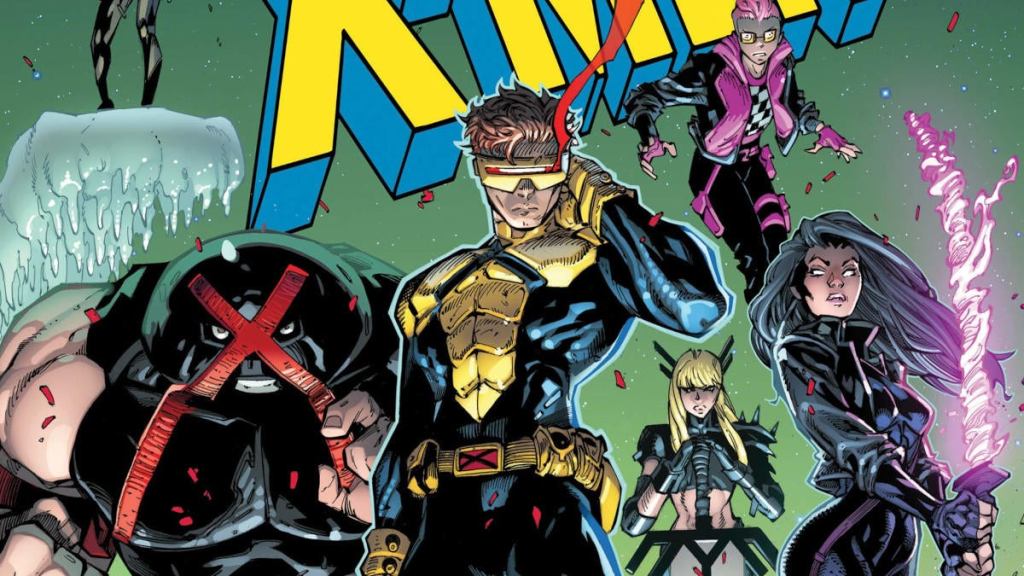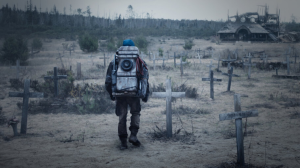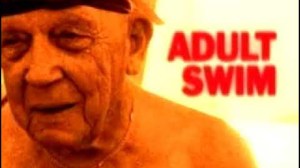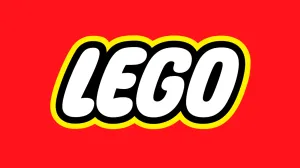After reading X-Men comics—or even superhero comics more broadly—for long enough one may notice a pattern. Low sales or a lack of interest will create fertile ground for experimentation with a character or concept. A new, bold, exciting, and often divisive take will emerge and serve as a lightning rod attracting both excited fans and traditionalist critics. Then, for one reason or another, that moment of creative reinvention will end and is almost always followed by a “back to basics” relaunch that reverts to something close to a previous status quo that, in the minds of many fans, represents the platonic ideal of the character or team. “X-Men: From the Ashes” begins this week with X-Men #1, the latest such “back to basics” scaling down after the top-down reimagining of the mutant corner of the Marvel Universe that was the Krakoan era. As many expected, the comic book is ripe with nostalgia for past eras, but perhaps not those that were expected.
Videos by ComicBook.com
Written by Jed MacKay, with art by Ryan Stegman and inker JP Mayer, and colors by Marte Gracia, X-Men #1 begins 10 (or X in Roman numerals) months after the fall and disappearance of Krakoa. With their island home gone, mutants are again scattered and divided, with some trying to integrate back into human culture while others remain unwilling to reassimilate. Cyclops and his team represent the latter, making their base of operations an abandoned Orchis Sentinel factory on the outskirts of a small Alaskan town whose residents used to work there, a statement home if ever there was one. The team is mostly comprised of mutants with sordid pasts who may have difficulty reintegrating with humanity even if they wanted to since mutant immunity is a thing of the past. Instead, they’ve decided to lean into their outlaw status and take the protection of mutants as their mission, with few qualms about how this provokes their human neighbors.

Where many expected the “From the Ashes” era to be a hard throwback to the 1990s when the X-Men were at the peak of their push into wider popular culture, that’s not the atmosphere of the first issue. With Cyclops leading a borderline paramilitary team of mutant heavy hitters with little regard for human rules, it has more in common with the Uncanny X-Men run that followed the events of Avengers vs. X-Men in the 2010s—much of the roster is the even same—but less bold. That may be down to MacKay’s writing of Cyclops, who comes off as less revolutionary and more tired and embittered than the last time he played this role. There are also several callbacks to Grant Morrison’s New X-Men run, from the re-emergence of the philosophies of John Sublime and the U-Men to the presence of Kid Omega and Xorn, to direct references to the events of stories like “Riot at Xavier’s.” It’s still nostalgia, but not the nostalgia many were expecting.
It’s an action-oriented debut, and Stegman and JP Mayer know how to deliver there. The page layouts and compositions do their best to be constantly in the reader’s face. It’s not the widescreen comics style of old that emphasized quiet grandeur and clean linework. Stegman’s pages are busier, more frenetic, containing more superhero chaos. This visual density is reminiscent of 1990s X-Men comics, though Stegman manages to keep it more capably apace.
With a reasonably large cast of characters, X-Men #1 can only briefly summarize who these mutants are and why they’re on Cyclops’ team. Magik and Juggernaut want to smash things and have an unexpected, almost juvenile sibling-like bond going (I’d love to go behind the scenes and learn why Juggernaut was chosen for this comic book instead of Colossus, Magik’s actual brother). Kid Omega is there because he doesn’t have anywhere else to go. Temper is there to keep an eye on her ex and the rest of the X-Men, aiming to make them better than they have been (she spent a good chunk of the Krakoa era in a psychic prison hole). Psylocke is there because she’s the proactive type. Cyclops, as mentioned, seems weary, while Magneto has already traded the soft touch he showed in the final days of Krakoa for high theatrics and intimidation. Meanwhile, Beast has been reset to factory settings after a complicated decade.
But the closest thing to a thesis statement in X-Men #1 may come not from a team member but from Wolverine, who gets rescued but then turns down an offer to join up as he’s no longer interested in playing the “civilization game.” This feels like a rejection of having a big, unifying concept for all the X-books to follow, as in the previous era. Rather we have a status quo that is more like the 1990s in that several groups of X-people approach human-mutant relations in different ways – Cyclops’ team as the bold operators, Rogue’s team more likely with a softer touch, Emma and Kitty doing the school thing again, X-Factor trying to place nice with the government, etc.
That could lead to interesting stories when the groups undoubtedly bump into each other. But can any of those ideas carry a series on its own merits? X-Men #1 isn’t poorly crafted but is indebted to a version of the X-team we’ve seen in the past. X-Men #1 lacks a strong hook, seemingly hoping that simply sending out these characters under familiar circumstances will be enough to make its case. It’s not. Perhaps that’s overly critical—the issue is functional and capably sets the stage for future adventure, and it isn’t a bad-looking comic—but it doesn’t make much of a statement.
Published by Marvel Comics
On July 10, 2024
Written by Jed MacKay
Art by Ryan Stegman and JP Mayer
Colors by Marte Gracia
Letters by Clayton Cowles
Cover by Ryan Stegman








